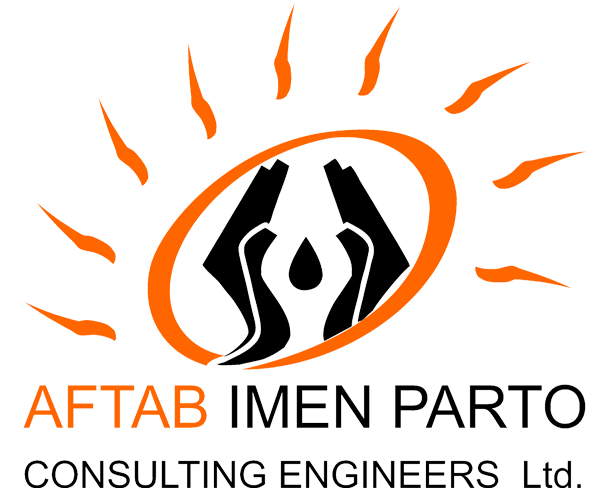What is PFD and P&ID Training?
PFD (Process Flow Diagram) and P&ID (Piping and Instrumentation Diagram) training focuses on teaching the design, interpretation, and analysis of PFDs and P&IDs, which are essential tools in the engineering and operation of industrial plants. These diagrams are used to represent and visualize the processes, piping systems, equipment, and instrumentation used in facilities like chemical plants, refineries, power stations, and oil & gas facilities.
PFD (Process Flow Diagram): A simplified diagram that shows the main process flow of a system, including major equipment (like reactors, pumps, heat exchangers), flow directions, and process variables (e.g., temperature, pressure, flow rate).
P&ID (Piping and Instrumentation Diagram): A more detailed diagram that includes all piping systems, instruments, control valves, and safety devices necessary for controlling the process. It shows the interconnection of components and allows for detailed analysis and operation.
Objectives of a PFD and P&ID Training Course
A PFD and P&ID training course provides participants with the knowledge and skills to:
1. Understand the Basics of PFD and P&ID – Learn the purpose, structure, and symbols used in PFDs and P&IDs.
2. Interpret PFDs and P&IDs – Gain the ability to read and understand complex diagrams, identifying key components and process flows.
3. Design PFDs and P&IDs – Learn how to create effective PFDs and P&IDs for new projects or modifications.
4. Understand Equipment and Process Integration – Understand how to integrate equipment, piping systems, and instrumentation in a process.
5. Analyze and Troubleshoot Process Systems – Use PFDs and P&IDs to identify bottlenecks, inefficiencies, and safety hazards in the system.
6. Ensure Compliance with Industry Standards – Learn the industry standards for creating PFDs and P&IDs (e.g., ISA-5.1, ISO 10628, IEC 61508).
7. Collaborate with Cross-Disciplinary Teams – Understand how PFDs and P&IDs are used across disciplines (e.g., mechanical, electrical, safety engineers) for project design and operation.
Who Should Attend PFD and P&ID Training?
This training is valuable for professionals involved in the design, operation, and maintenance of process plants and systems, including:
• Process Engineers – Involved in designing and optimizing process flow systems and ensuring operational efficiency.
• Mechanical Engineers – Designing the mechanical components of the system and ensuring they are accurately represented in the P&ID.
• Instrument and Control Engineers – Designing and maintaining instrumentation and control systems based on P&ID representations.
• Piping Engineers – Ensuring that the piping systems in the P&ID meet the process and safety requirements.
• Safety Engineers – Using P&ID diagrams to identify potential hazards and safety systems (e.g., safety relief valves, emergency shutdown systems).
• Project Engineers & Managers – Overseeing the design and construction of new facilities or plant modifications, ensuring the use of correct diagrams for efficient project execution.
• Operations & Maintenance Personnel – Understanding the process flow and system configurations for troubleshooting, maintenance, and optimization.
• Regulatory Compliance Officers – Ensuring that PFDs and P&IDs meet industry standards and regulatory requirements.
Why is PFD and P&ID Training Important?
This training is essential because:
• Improves System Understanding: PFD and P&ID are key tools for visualizing and understanding the process, making it easier to design, operate, and maintain systems.
• Enhances Safety: Accurate P&IDs help in identifying potential safety hazards and ensuring that safety devices and emergency shut-off systems are properly integrated.
• Ensures Compliance: Adhering to industry standards for creating and interpreting PFDs and P&IDs ensures compliance with regulatory requirements, preventing costly fines or shutdowns.
• Optimizes Performance: Properly designed and interpreted diagrams improve system performance and enable quick troubleshooting in case of issues.
• Facilitates Cross-Disciplinary Collaboration: PFDs and P&IDs serve as common references for multiple disciplines (e.g., electrical, mechanical, and process engineers), helping teams work together more efficiently.
By mastering PFD and P&ID interpretation and design, professionals can improve the reliability, efficiency, and safety of industrial systems while ensuring regulatory compliance and effective teamwork across different engineering functions.

